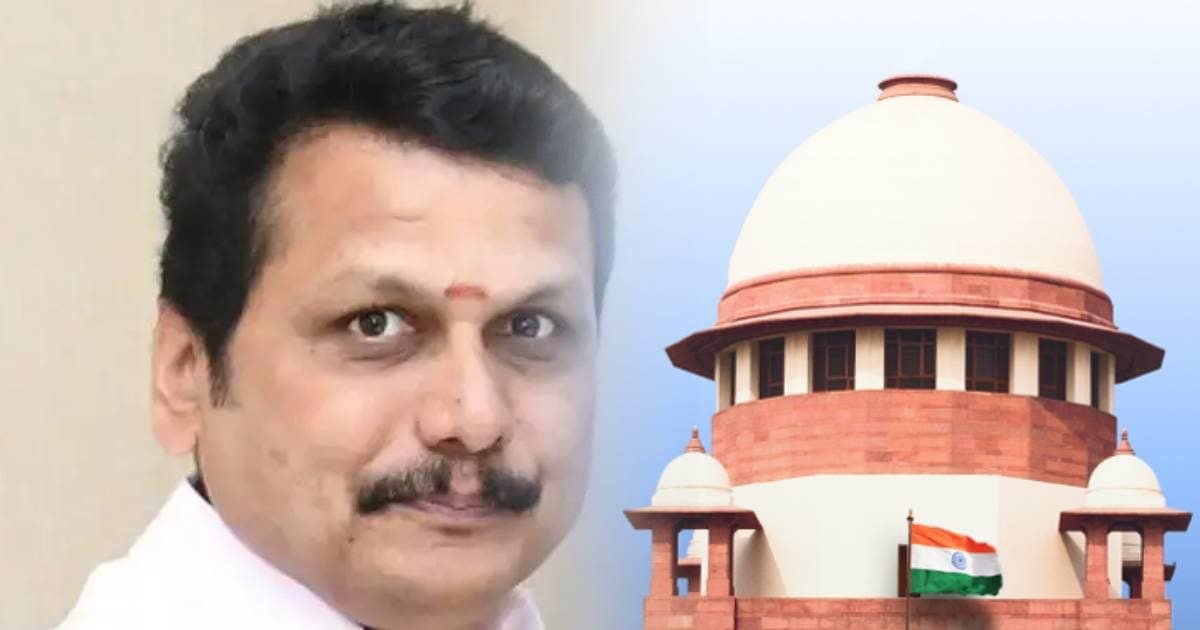The Supreme Court overturned its 1989 decision saying that the decision itself was wrong. This decision coming after 25 years is being called as a big victory for the states. Earlier, the Chief Ministers of Karnataka, Tamil Nadu, Telangana, Himachal Pradesh and Punjab will not attend the NITI Aayog meeting on July 27, alleging discrimination against states after the budget presentation. India Bloc has decided not to attend the NITI Aayog meeting. Moreover, the West Bengal government is in the Supreme Court on the CBI investigation without consent. It is believed that the conflict between the Union and the states may increase further.
What did the Supreme Court say in its decision?
The Supreme Court held that states have the ability and power to tax mineral land. Odisha, Jharkhand, West Bengal, Chhattisgarh, Madhya Pradesh and Rajasthan will benefit greatly from this. Chief Justice Chandrachud said that royalty comes from mining leases. Royalty is decided based on the quantity of minerals extracted in the mining. The royalty liability depends on the terms of the agreement between the lessee and the lessee. Whatever payment is made for it, is not for public purposes, but for special use fees. In such a situation the payment made to the Government for the contract cannot be treated as tax. The owner receives royalties for separating the minerals. Royalty is forfeited and taxed through a lease deed. We are of the opinion that in the judgment of India Cements it is wrong to treat royalty as a tax.
What was Section 9, on which the Supreme Court gave a major verdict?
There were two important questions before the Supreme Court. Can ‘royalty’ be considered as tax? Can the State Legislature, while taxing land, adopt a measure of tax based on the value of the produce of the land? In fact, the matter came before the Supreme Court to examine the nature and scope of royalty under Section 9 of the MMRDA Act, 1957.
According to Supreme Court advocate Shivaji Shukla, Section 9 states that the mining lease holder is required to pay royalty on minerals. This subject is in the second schedule. It said that the Central Government has the right to vary the royalty rates by notification. However, such change cannot be made more than once in every three years.

The court had said that states also have the right to impose taxes.
In the previous hearing on March 14, the Supreme Court had said that the right to levy tax on mineral rights in the Constitution has been given not only to the Parliament but also to the States. In such a case, their rights cannot be suppressed.

Argument of Centre- Center should have right to royalty.
Attorney General R Venkataramani, appearing for the Centre, argued that the Center has more powers to impose taxes on mines and minerals. Solicitor General Tushar Mehta had said that the Mines and Minerals (Development and Regulation) Act (MMRDA Act) restricts the legislative power of states to tax minerals and leaves only the central government to fix royalties. has the option of
Justice Nagarathana said… then the federal system will collapse.
Besides Chief Justice DY Chandrachud, this bench of 9 judges comprises Justice Hrishikesh Roy, Justice Abhay Soka, Justice BV Nagarathana, Justice JB Pardiwala, Justice Manoj Mishra, Justice Ujal Bhuiyan, Justice Satish Chandra Sharma and Justice Augustine George. were included. Justice Nagarathana held that royalty is similar in nature to tax. In such a situation, under the MMDR Act, in the case of taxation on mineral royalty, States are not empowered to levy tax on minerals. Granting the states the right to tax minerals will not bring uniformity to national resources. This will increase unfair competition among states. This will destroy the federal system.
The Centre’s argument, Indian minerals will be expensive, mining will not attract foreign money.
The central government had filed an affidavit in the Supreme Court opposing the imposition of higher taxes than royalty on minerals by the state governments. The Center had asked the court not to allow states to levy additional tax on royalty. The central government had told the Supreme Court that taxes imposed by mineral-rich states would increase inflation. FDI in the mining sector will be hampered. Indian minerals will become expensive. International markets will become less competitive due to widening trade deficits and uneven economic growth among states.
Mamata Banerjee government also in Supreme Court against CBI probe
Earlier on July 10, the Supreme Court had agreed to hear the Mamata Banerjee government’s plea against the CBI probe in West Bengal. The next hearing of the matter will be held on August 13. The Supreme Court said that the West Bengal government has raised a legal aspect which needs to be considered. When the state government withdrew permission for CBI investigation, why is the agency registering a case there? In fact, the Mamata Banerjee government has filed this petition in the Supreme Court citing Article 131 of the Constitution.
So what are the Centre-State relations, which have been in dispute time and again?
Advocate Shivaji Shukla in the Supreme Court says that the Indian Constitution refers to India as a ‘Union of States’ and not a federal state. The Indian Constitution clearly divides legislative, executive and fiscal powers between the Center and the States. The subjects of legislative powers are divided into three lists. These are Central List, State List and Concurrent List. The original main list has 97 subjects, including defence, foreign relations, currency, communications and financial affairs. There are 66 subjects in the state list, including subjects of local importance like law and order, public health, administration. The Concurrent List includes more than 40 subjects on which both the Center and the States can legislate. However, no state government can legislate against or against the laws and policies made by the Centre.

Ambedkar was also in favor of strengthening the Centre.
According to advocate Shivaji Shukla, Baba Sahib Bhimrao Ambedkar, the creator of the Constitution, favored a strong government at the Centre. He expressed concern that racism is more powerful at the local and provincial levels. In such a situation, the government cannot protect the interests of the lower caste under the pressure of the upper caste. As the national government is less affected by these pressures, it will ensure the protection of the lower castes. He also feared that minorities, the nation’s most vulnerable group, could turn into political minorities. Hence ‘one man one vote’ democratic governance is not enough and minorities should be guaranteed a share in power. He was against ‘Majoritarianism Syndrome’ and ensured many reservations for minorities in the Constitution.
The minerals are subject to state listing, but royalties stuck.
According to the Constitution, minerals and their regulation are a subject in the State List in the Seventh Schedule of the Constitution. At the same time, minerals related to nuclear energy come under the Centre’s list of subjects. However, the case of royalty is different. Here the issue of mineral royalty was central. There has been many disputes in this regard.
Legislative matters are covered under Articles 245 to 255.
The Center is empowered in Articles 256 and 255 of the Constitution. At the same time, the legislative relationship between the Center and the States is defined in Articles 245 to 255 of Part XI of the Constitution. Articles 256 to 263 deal with administrative relations between the Center and the States. Furthermore, Articles 268 to 293 in Part XII of the Constitution deal with financial relations between the Center and the States.


![The Nun II Director Reveals Where You Can Spot Key Easter Eggs [Exclusive] – /Film Trending Global News The Nun II Director Reveals Where You Can Spot Key Easter Eggs [Exclusive] – /Film Trending Global News](https://www.slashfilm.com/img/gallery/the-nun-ii-director-reveals-where-you-can-spot-key-easter-eggs-exclusive/l-intro-1699029554.jpg)









